
Spotlight on: Pollinators
The latest State of Nature Report states that there has been a 22% decline in the distribution of pollinating insects in England since 1970, and that there has been a loss of 98% of the UK’s species-rich grasslands in just 100 years.
These are worrying statistics given that pollination is one of the most important ecosystem functions, essential for horticultural and agricultural production, in addition to sustaining wild populations of flowering plants.
Enhancing biodiversity in the Forest
Our thriving, diverse Forest is an ecological sanctuary for many species. We undertake management activities specifically designed to produce a wide array of habitats, including the restoration and creation of grasslands which support our native pollinators.
This includes the use of a range of techniques and management strategies, to improve habitat quality and positively impact important pollinator species, such as sowing native grass and wildflower seeds, conservation grazing, as well as clearance of invasive scrub and non-native plant species.
Some of our wide grassy rides and pathways are created with ‘wavy’ edges, a technique called scalloping. The fall of the sunlight onto the edge creates different micro-climates throughout the day, improving these habitats for butterflies.
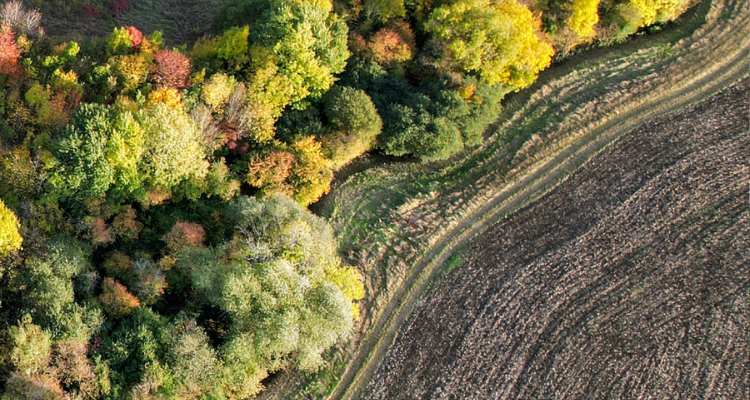
Our diverse pollinators
The classic example of a pollinator is the humble bumble bee, but did you know pollinators also include many species of insects, including butterflies, beetles, wasps, and hoverflies, as well as birds and mammals such as bats!
When you are next in the Forest, take a moment to admire our grasslands and see how many pollinators you can spot! At this time of year, you are likely to see bees out and about, so feel free to use our helpful guide below, illustrated by Assistant Biodiversity Officer Avery, to help you identify them.
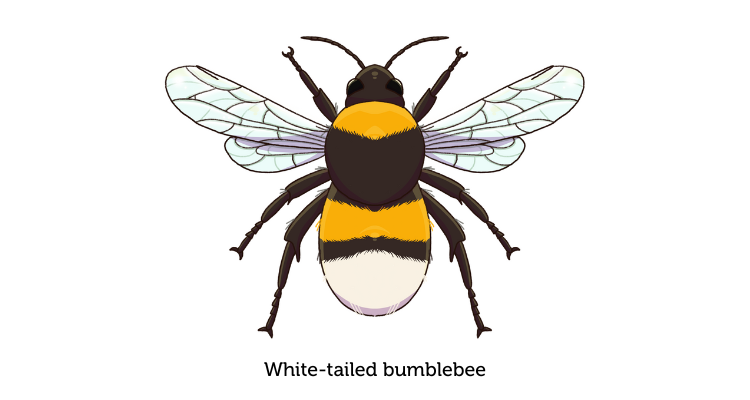
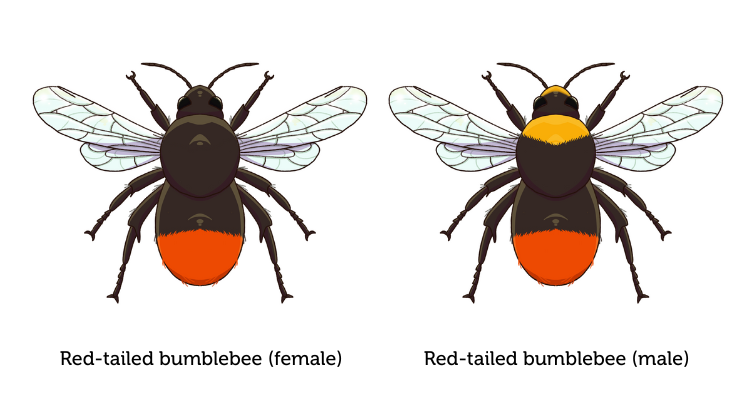
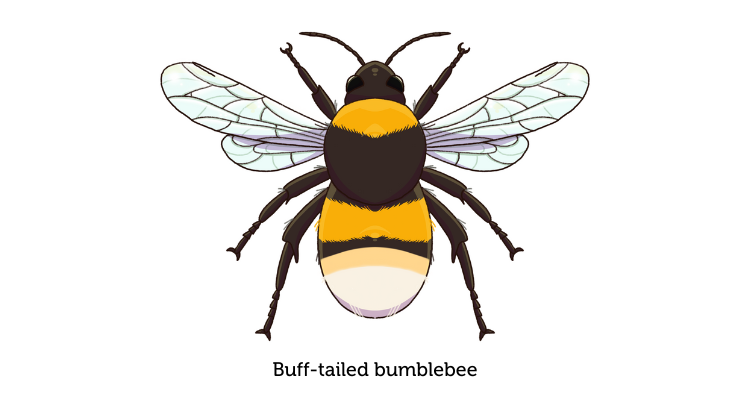
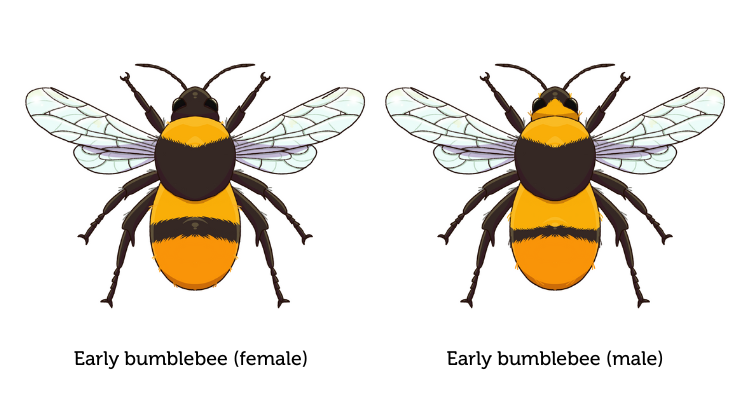

How you can help
It is now more important than ever that we all do our part to safeguard nature for the future. Your donations make a direct and positive impact on our native wildlife.
£5.75 could buy a sapling, plus the stake and protective guard it needs to survive.
£20 could buy 2kg of mixed grass and pollinator wildflower seed to plant circa 20m squared of our orchard floor, and boost biodiversity.
Support us on our mission to protect our pollinators by donating today



